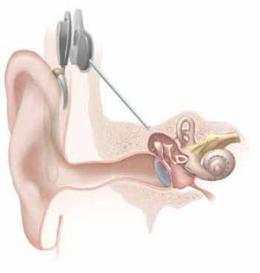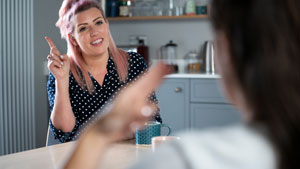 On my Twitter feed, I often share #DidYouKnow facts. As a CODA, and proud advocate, I really enjoy educating curious hearing people about what it means to be deaf in America. For International Week of the Deaf, I thought it would be fun to learn, and share with you all, some things you may not have known about deafness around the world.
On my Twitter feed, I often share #DidYouKnow facts. As a CODA, and proud advocate, I really enjoy educating curious hearing people about what it means to be deaf in America. For International Week of the Deaf, I thought it would be fun to learn, and share with you all, some things you may not have known about deafness around the world.
Did You Know?
1) The World Federation of the Deaf has 133 national association members, and represents more than 70 million deaf people worldwide.
2) There are more than 200 sign languages in use across the globe
3) French Sign Language (LFS) was the first signed language to gain recognition as an official language, in 1830.
4) LFS created the foundation for Dutch Sign Language, German Sign Language, Flemish Sign Language, Belgian-French Sign Language, Irish Sign Language, American Sign Language, Quebec Sign Language, and Russian Sign Language.
5) An International Sign Language was developed by the World Federation of the Deaf in 1951. International Sign is limited in vocabulary and considered informal, used primarily at events such as UN Assemblies, and the Deaflympics.
 6) India is believed to be the country with the largest number of Deaf individuals and sign language users. Nearly one in five deaf people in the world live in India.
6) India is believed to be the country with the largest number of Deaf individuals and sign language users. Nearly one in five deaf people in the world live in India.
7) The two oldest schools for the deaf were established in Italy ~ the first in Rome in 1784, the second in Napoli in 1786.
8) Nicaraguan Sign Language was spontaneously developed by deaf Nicaraguan school children during the 1970s and 80s. Prior to this, there was no deaf community in the country.
9) Ecuadorian Sign Language is a heavy mix of ASL and Spanish Sign Language
 10) In China, the first higher education institution for deaf students offers only four majors: painting, calligraphy, graphic design, and animation.
10) In China, the first higher education institution for deaf students offers only four majors: painting, calligraphy, graphic design, and animation.
11) Deaf adults in China are not permitted to drive.
12) Northern Ireland uses a variation of British Sign Language, while Ireland uses Irish Sign Language.
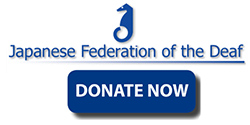 13) According to Japanese legend, dragons are deaf because their ears fell into the ocean, where they became seahorses. The seahorse is the chosen logo of the Japanese Federation of the Deaf.
13) According to Japanese legend, dragons are deaf because their ears fell into the ocean, where they became seahorses. The seahorse is the chosen logo of the Japanese Federation of the Deaf.
14) Dominican Sign Language did not exist until the mid-twentieth century, and is approximately 90% adapted from ASL
15) Deaf Iranians are encouraged to pursue the oral method of communication, and deafness is viewed as a disability. Persian Sign Language is not recognized as it’s own language– it is considered “inferior” because it does not follow Persian grammar.
16) Worldwide, it’s estimated that one in every thousand babies is born with some form of hearing loss.
17) In Greece, the Deaf population suffers a disproportionate rate of unemployment. As the economy struggles, social service programs the deaf/HoH rely on have been cut, leaving citizens without accessible resources.
 18) South Africa’s popular Deaf television network, Deaf TV, has been airing news, soap operas, and other original programming in South African Sign Language since 1996.
18) South Africa’s popular Deaf television network, Deaf TV, has been airing news, soap operas, and other original programming in South African Sign Language since 1996.
19) Deaf Australians refer to Australian Sign Language as Auslan. Auslan is not a written language, so Deaf signers generally struggle to read and write in English.
20) Deaf identity is strongly tied to the use of sign language, and attempts to limit it’s use are viewed as cultural oppression.
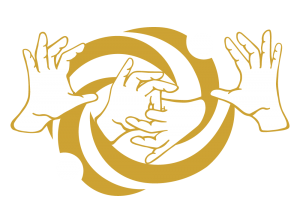





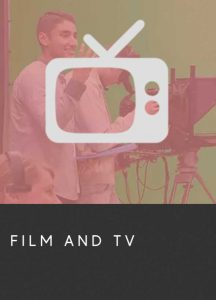




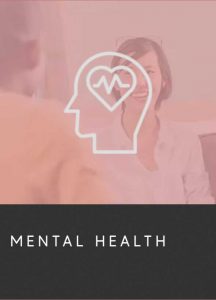
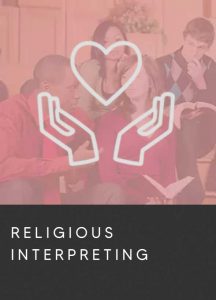
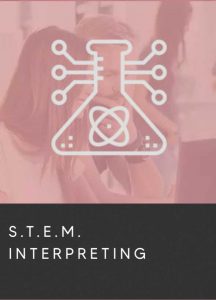
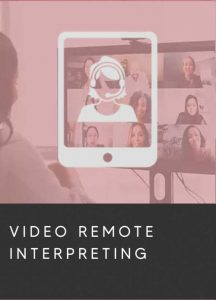
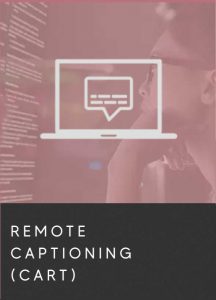

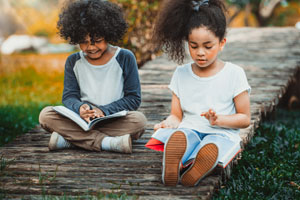 Literature is one of the most powerful ways we come to understand society and our place in it. Through books, children learn about relationships, conflicts, empathy, morality, and how to classify their own emotions. Stepping into the lives of fictional characters, kids can experience a wide array of influential events in a very meaningful way— travel, adventure danger, love, loss, death— expanding their perspective, while remaining in a safe environment.
Literature is one of the most powerful ways we come to understand society and our place in it. Through books, children learn about relationships, conflicts, empathy, morality, and how to classify their own emotions. Stepping into the lives of fictional characters, kids can experience a wide array of influential events in a very meaningful way— travel, adventure danger, love, loss, death— expanding their perspective, while remaining in a safe environment.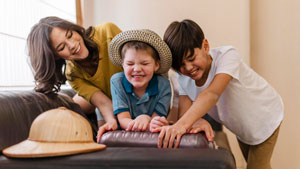
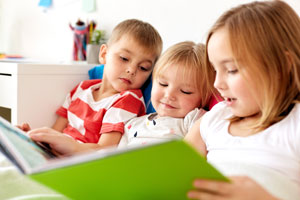
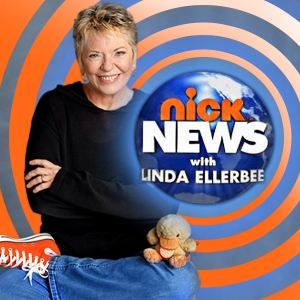 The pediatrician just informed you that your child is profoundly deaf.
The pediatrician just informed you that your child is profoundly deaf.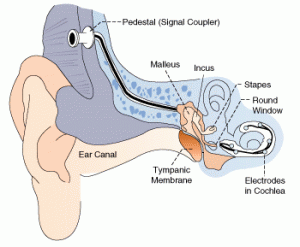 ome families choose to assimilate their child to a hearing lifestyle by implanting a device called a cochlear implant into the skull, which stimulates the auditory nerve and allow the brain to “hear.” Sammy is a CI recipient from a hearing family who jokingly refers to herself as “part robot.” She was not born deaf, but her hearing deteriorated throughout childhood and, at 12 years old, she made the choice to have CI surgery. According to Sammy, her parents presented the pros and cons, and she strongly feels a CI was the right choice for her. She attends school with all other hearing students and plays on a basketball team, insisting she doesn’t need to know ASL because she can hear. Cici also comes from a hearing family, she lost her hearing as a baby. Her parents elected to send her to a school for deaf children that focuses on teaching English and oral communication, so she never learned any ASL. At 5 years old she received her CI. “It was hard to learn to speak,” she says, but she feels very grateful that she did because it allows her to communicate with her family and non-deaf friends. Cici is a ballet and tap dancer who feels that deafness is a disability that her CI and hearing aid help her overcome.
ome families choose to assimilate their child to a hearing lifestyle by implanting a device called a cochlear implant into the skull, which stimulates the auditory nerve and allow the brain to “hear.” Sammy is a CI recipient from a hearing family who jokingly refers to herself as “part robot.” She was not born deaf, but her hearing deteriorated throughout childhood and, at 12 years old, she made the choice to have CI surgery. According to Sammy, her parents presented the pros and cons, and she strongly feels a CI was the right choice for her. She attends school with all other hearing students and plays on a basketball team, insisting she doesn’t need to know ASL because she can hear. Cici also comes from a hearing family, she lost her hearing as a baby. Her parents elected to send her to a school for deaf children that focuses on teaching English and oral communication, so she never learned any ASL. At 5 years old she received her CI. “It was hard to learn to speak,” she says, but she feels very grateful that she did because it allows her to communicate with her family and non-deaf friends. Cici is a ballet and tap dancer who feels that deafness is a disability that her CI and hearing aid help her overcome. Picture this: you are a little kid growing up, constantly discovering incredible new things about the world. Now imagine being surrounded every day by people who do not talk to you, tell you stories, or answer your millions of questions. These people are your own parents and siblings. You all live in the same home, yet they hardly communicate with you. They are not able to teach you, guide you, or to provide comforting words when you need them. In fact, they mostly avoid you. This is the experience of many deaf children.
Picture this: you are a little kid growing up, constantly discovering incredible new things about the world. Now imagine being surrounded every day by people who do not talk to you, tell you stories, or answer your millions of questions. These people are your own parents and siblings. You all live in the same home, yet they hardly communicate with you. They are not able to teach you, guide you, or to provide comforting words when you need them. In fact, they mostly avoid you. This is the experience of many deaf children. So, instead of accepting the perfect gift they have been given and embracing the opportunity to explore deaf communication, hearing parents might immediately label their beautiful deaf newborn as defective. They might hunt for a way to “fix” their baby, or try teaching their child to communicate using sound like “normal” people. Or maybe they simply abandon hope that they’ll ever be able to relate to their deaf child at all. This truly breaks my heart.
So, instead of accepting the perfect gift they have been given and embracing the opportunity to explore deaf communication, hearing parents might immediately label their beautiful deaf newborn as defective. They might hunt for a way to “fix” their baby, or try teaching their child to communicate using sound like “normal” people. Or maybe they simply abandon hope that they’ll ever be able to relate to their deaf child at all. This truly breaks my heart. Growing up the only deaf person in your household can be extremely isolating. If your family chooses not to learn sign language, it is hard to express yourself comfortably. For my mother, the opportunity to communicate with her parents and siblings just felt like it came too late. After a lifetime of feeling excluded from your own family, believing they never really got to know you, how do you make up for lost time? What is there to talk about?
Growing up the only deaf person in your household can be extremely isolating. If your family chooses not to learn sign language, it is hard to express yourself comfortably. For my mother, the opportunity to communicate with her parents and siblings just felt like it came too late. After a lifetime of feeling excluded from your own family, believing they never really got to know you, how do you make up for lost time? What is there to talk about?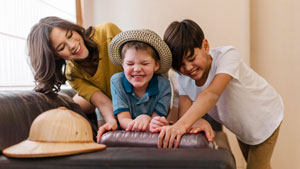 Deafness doesn’t have to be isolating. Since I was raised in a deaf family, I can tell you: deafness is nothing to be afraid of! The ability to hear sound is not what makes a person whole. It is not what gives a person their personality. The ability to hear sound is not what determines a person’s intelligence, and it doesn’t have to limit one’s life. Perhaps not enough hearing people take note of the deaf community members living happy lives around them. There are plenty of successful business owners, artists, and athletes who use sign language to communicate.
Deafness doesn’t have to be isolating. Since I was raised in a deaf family, I can tell you: deafness is nothing to be afraid of! The ability to hear sound is not what makes a person whole. It is not what gives a person their personality. The ability to hear sound is not what determines a person’s intelligence, and it doesn’t have to limit one’s life. Perhaps not enough hearing people take note of the deaf community members living happy lives around them. There are plenty of successful business owners, artists, and athletes who use sign language to communicate. Sign language is the most natural form of communication for deaf people around the globe.
Sign language is the most natural form of communication for deaf people around the globe. 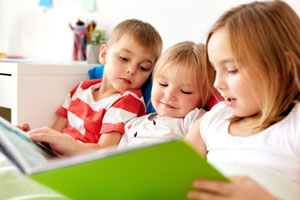 I have 10 years experience working with toddlers and I am professionally certified in all levels of ASL, including baby signs.
I have 10 years experience working with toddlers and I am professionally certified in all levels of ASL, including baby signs.  On my
On my  6) India is believed to be the country with the largest number of Deaf individuals and sign language users. Nearly one in five deaf people in the world live in India.
6) India is believed to be the country with the largest number of Deaf individuals and sign language users. Nearly one in five deaf people in the world live in India. 10) In China, the first higher education institution for deaf students offers only four majors: painting, calligraphy, graphic design, and animation.
10) In China, the first higher education institution for deaf students offers only four majors: painting, calligraphy, graphic design, and animation. 13) According to Japanese legend, dragons are deaf because their ears fell into the ocean, where they became seahorses. The seahorse is the chosen logo of the Japanese Federation of the Deaf.
13) According to Japanese legend, dragons are deaf because their ears fell into the ocean, where they became seahorses. The seahorse is the chosen logo of the Japanese Federation of the Deaf. 18) South Africa’s popular Deaf television network, Deaf TV, has been airing news, soap operas, and other original programming in South African Sign Language since 1996.
18) South Africa’s popular Deaf television network, Deaf TV, has been airing news, soap operas, and other original programming in South African Sign Language since 1996.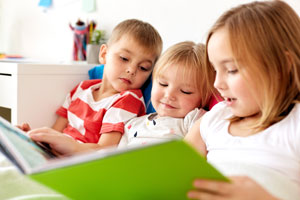 After months of worrying about nursery colors and baby names, the big day has finally arrived! Your healthy bundle of joy is born with 10 fingers and 10 toes; crying and cooing in your arms. The baby is beautiful, your family is complete, everything feels perfect! Fast forward a few months down the road when, during a routine checkup, your pediatrician informs you that your infant can not hear. Suddenly, you’ve become the parent of a deaf child. What now?
After months of worrying about nursery colors and baby names, the big day has finally arrived! Your healthy bundle of joy is born with 10 fingers and 10 toes; crying and cooing in your arms. The baby is beautiful, your family is complete, everything feels perfect! Fast forward a few months down the road when, during a routine checkup, your pediatrician informs you that your infant can not hear. Suddenly, you’ve become the parent of a deaf child. What now?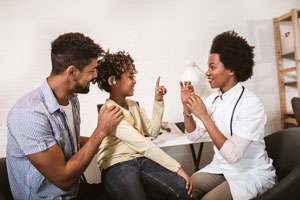
 Selecting a method of communication for your child majorly influences where he or she will fit into society, and is critical to psychological development. There are several communication options to consider, depending on the child’s degree of hearing loss. Some parents choose to teach their deaf child to speak English using hearing aids and intensive speech training. In this approach, the child does not identify as deaf, and does not learn deaf communication.
Selecting a method of communication for your child majorly influences where he or she will fit into society, and is critical to psychological development. There are several communication options to consider, depending on the child’s degree of hearing loss. Some parents choose to teach their deaf child to speak English using hearing aids and intensive speech training. In this approach, the child does not identify as deaf, and does not learn deaf communication.